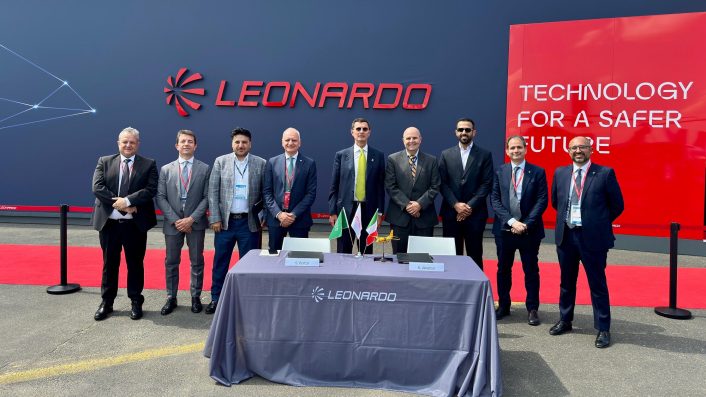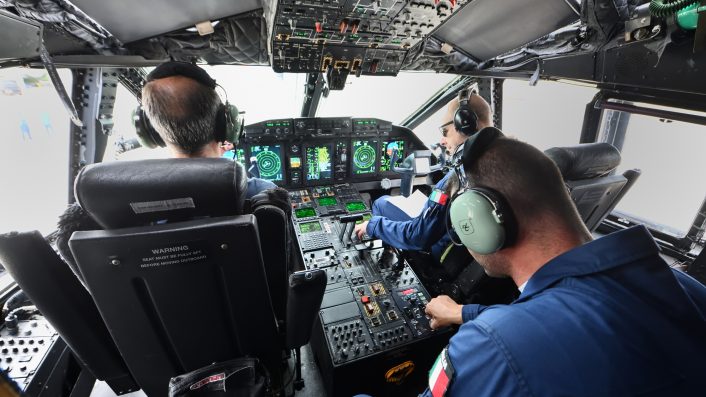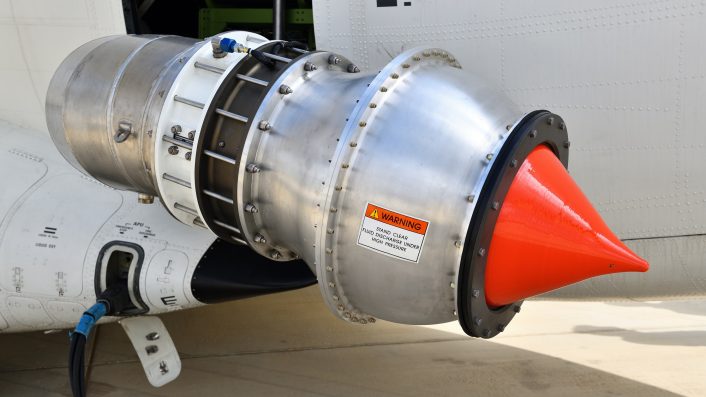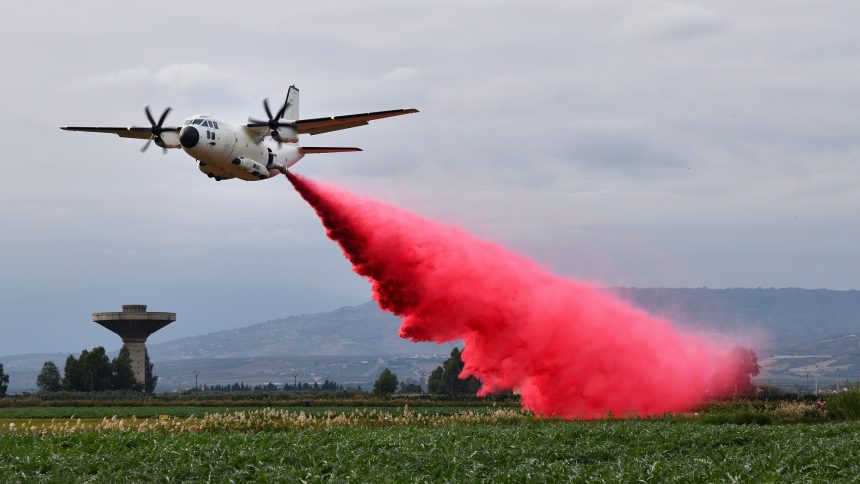The Saudi Arabian energy giant Aramco signed an agreement to acquire two C-27J Spartan aircraft at the Paris Air Show.
On June 16, 2025, Aramco, the Saudi Arabian energy giant, officially signed an agreement to acquire two C-27J Spartan aircraft during this year’s Paris Air Show. These versatile aircraft will be specially configured for multi-mission roles, underscoring Aramco’s position as the 20th global customer and notably the first civilian operator of the Spartan platform.
The two aircraft will be operated by Mukamalah Aviation Company, a wholly owned subsidiary of Aramco that operates under the brand name “Aloula Aviation.” Deliveries are scheduled to begin in 2027.
These C-27J Spartans will serve a variety of critical functions including firefighting, cargo transport, oil spill response, and medical evacuation missions. This acquisition marks several important milestones: not only are these the first C-27J aircraft to be operated in a civilian capacity, but they will also be the first of their kind owned by an operator in the Middle East.
Mukamalah Aviation Company
Mukamalah Aviation Company is the first civilian aviation company in Saudi Arabia. Established in 1934, its origins trace back to Aramco’s introduction of the first aircraft to support oil exploration across the Kingdom’s vast territories.

Today the company operates a diverse fleet of 55 aircraft, carrying out a wide range of missions including passengers and cargo, oil field logistics, and emergency response. In addition to operating its fleet, Mukamalah manages all aspects of maintenance, repair and overhaul. The company is also responsible for the upkeep of critical aviation infrastructures.
Additionally, the company is an authorized service centre for Leonardo’s AW109 and AW139 helicopters. In fact, Mukamalah is one of the largest operators of Leonardo’s helicopters in the Middle East and has been operating AW139s since 2008 and AW109 since 2006, with a total fleet of 27 helicopters.
The C-27J Next Generation
The C-27J Next Generation is an upgraded version of the C-27J Spartan that promises to be a valid “weapon” in aerial firefighting operations. Designed with STOL (Short Take-Off and Landing) capabilities and unmatched maneuverability in its class, the Spartan has a proven capability, already tested during its operational life even in combat scenarios.

The new capability of the C-27J Next Generation “Fire Fighter” is introduced thanks to a Roll-On/Roll-Off palletized Modular Aerial Fire Fighting System (MAFFS). This solution allows the aircraft to transition from the classic transport configuration to the firefighting configuration in just 90 minutes.
This modular approach ensures that the aircraft can be employed for different missions, including medical evacuation (MEDEVAC) and cargo transport. Such flexibility makes it an attractive option for operators who need a cost-effective, multi-purpose aircraft rather than a single-function tool such as the vast majority of the assets employed in firefighting operations.
This “multi-role” approach contrasts sharply with dedicated firefighter aircraft, which often sit idle outside wildfire seasons. The C-27J’s dual-use capability not only maximizes its operational utility but also offers economic advantages for civilian operators seeking to optimize their fleets.
Amphibious aircraft such as the Bombardier CL-415 are currently the backbone of aerial wildfire suppression operations, thanks to their ability to perform the so-called “water scooping” maneuver to rapidly refill their internal tanks directly from nearby sources of water like lakes, rivers or seas. While these airplanes can be considered effective in regions with plenty of water sources, they can face notable limitations in other scenarios where the need of nearby water sources makes them unusable, so they can be hardly employed in arid regions where water is scarce or unavailable.
Saudi Arabia represents one of such scenarios, where the C-27J Spartan, equipped with the MAFFS and carrying water or retardant internally, eliminates the dependency on external water sources, making it an effective “weapon” in dry, resource-limited environments.
Leonardo is expanding the global presence of its C-27J, which has already logged 270,000 flight hours worldwide, reaching a total number of 95 units ordered.
The Modular Aerial Fire Fighting II System (MAFFS)
The Modular Aerial Fire Fighting System (MAFFS) is the core of the C-27J’s firefighting capabilities. Originally developed for transport aircraft like the C-130 Hercules, the MAFFS system has evolved over time to improve the overall capabilities. The latest version of the MAFFS, called MAFFS II, brings several key enhancements that make it an even more powerful tool in the fight against wildfires.

Specifically, the MAFFS II system installed on the C-27J has the ability to carry up to 7,500 liters of water or fire retardant. A single compressed air refill allows the C-27 to perform three water drops, with the goal being to perform three water drops at a distance of 25 nautical miles from the airport in an hour. This would allow to carry a significant amount of retardant and drop it on burning wildlife zones quickly.
The system is developed to reduce turnaround times between drops to less than 10 minutes, ensuring that the aircraft can make rapid successive drops to suppress wildfires more efficiently. The pilots can use the capabilities already built in the Flight Management System for the airdrops to compensate for the wind during a water drop, ensuring that they can always hit the intended target.
In terms of delivery, the system employs a specialized delivery nozzle installed in the left paratroopers’ door of the aircraft. This design ensures that the retardant is released in a controlled manner, allowing for precise and effective suppression.
You can read more about the Leonardo C-27J Firefighter in our in-depth report published in January 2025.









